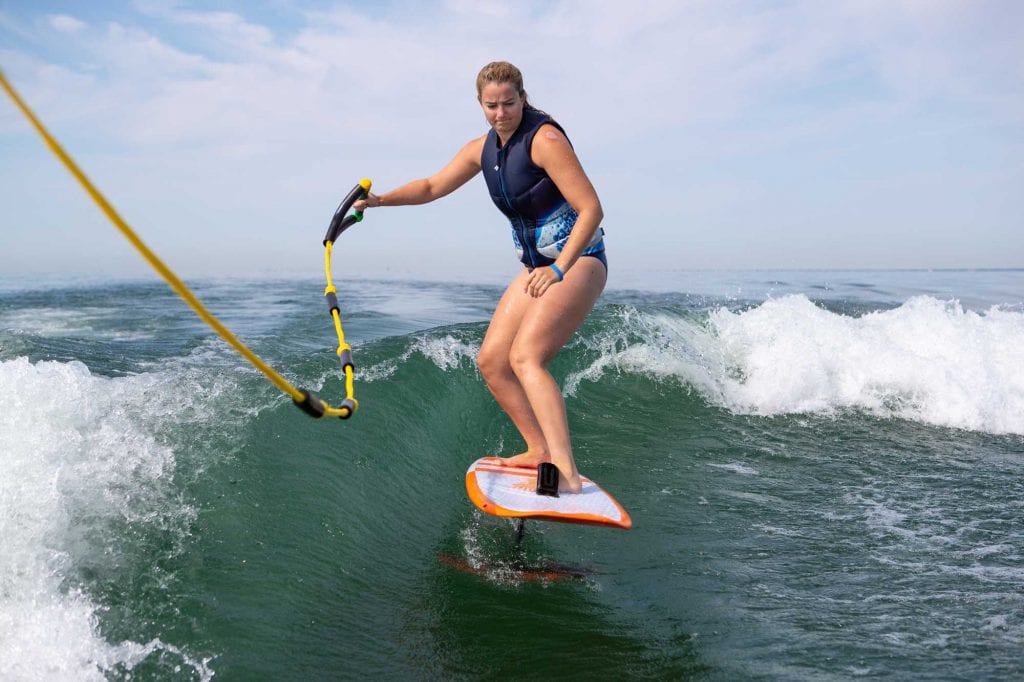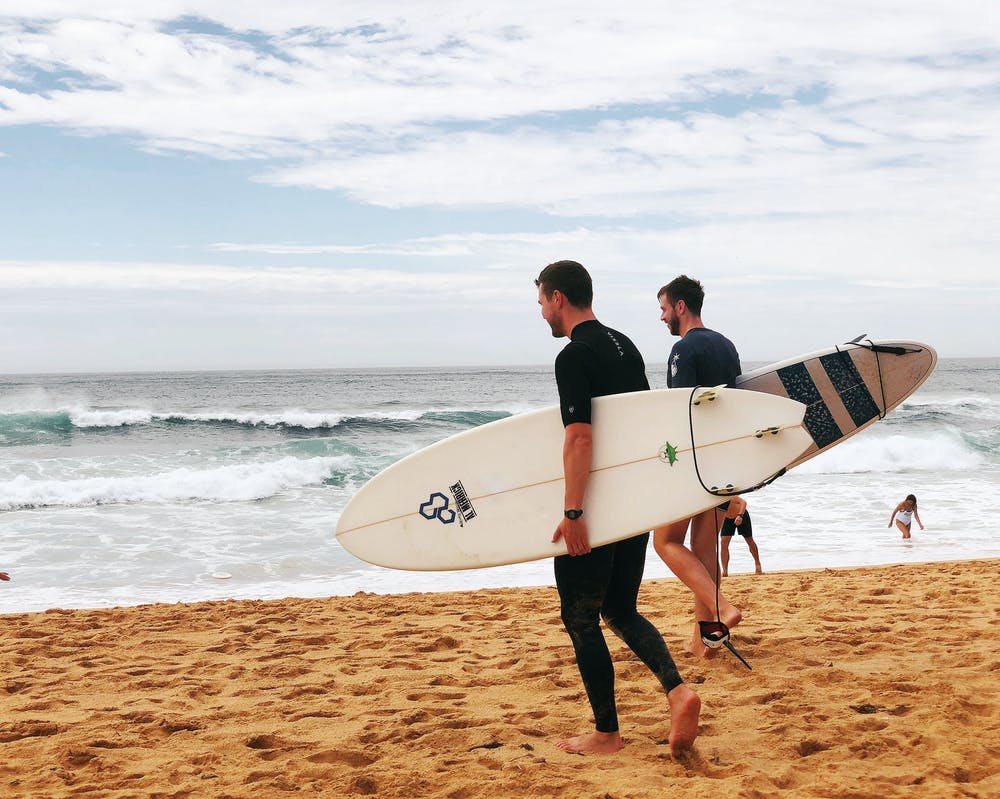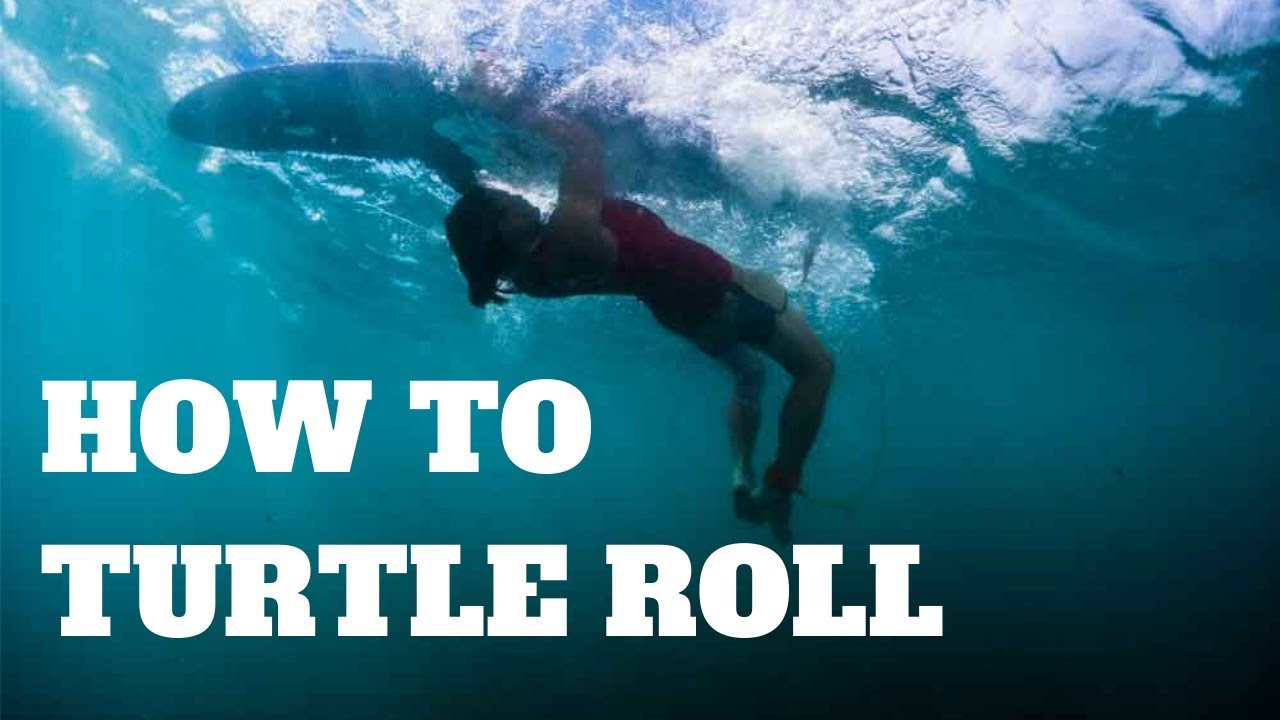Wakesurfing has become a trendy water sport, captivating seasoned water enthusiasts and newcomers seeking thrilling aquatic experiences. This exhilarating activity allows riders to surf the wake or wave created by a boat, providing a unique blend of skill, balance, and adrenaline.
Whether a beginner eager to try a new water sport or an experienced surfer looking to expand your repertoire, wakesurfing offers an exciting and dynamic adventure on the water. This guide will explore the fundamentals of wakesurfing, including equipment, techniques, and safety considerations, enabling you to embark on your wakesurfing journey with confidence and enthusiasm.
Table of Contents
What is it
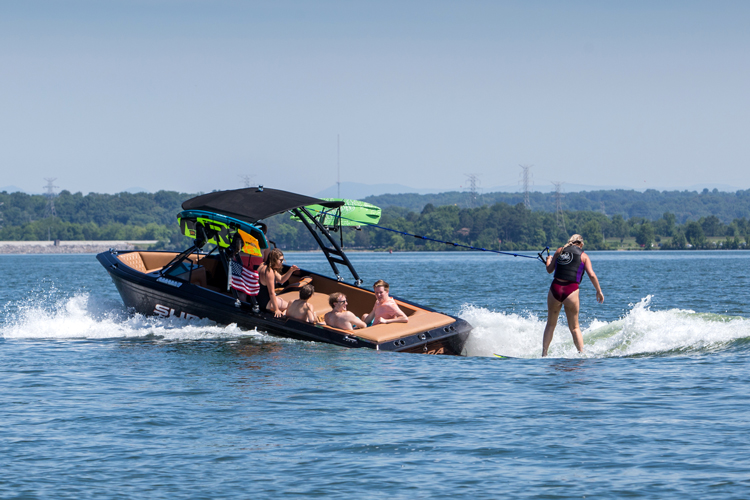
Wakesurfing is a water sport that involves riding a board on the wake or wave created by a boat. It is similar to surfing, but wakesurfers ride the continuous and stationary wave created by the boat’s propulsion instead of ocean waves.
To start wakesurfing, a surfer is typically towed behind a specialized boat with a rope until they are in the sweet spot of the boat’s wake. Once the surfer is positioned correctly, they release the rope and surf freely on the wave. Unlike traditional water skiing or wakeboarding, wakesurfing doesn’t require continuous towing. The rider can let go of the rope and ride the wave indefinitely, using the boat’s wake as their source of propulsion.
Wakesurfing boards are shorter and thicker than traditional surfboards, with fins explicitly designed for this sport. The rider stands sideways on the board, with their feet positioned like a skateboard or snowboard, and uses the boat’s wake to generate momentum and perform various tricks and maneuvers. Wakesurfing allows for creative and dynamic riding, including carving, spinning, and even riding switch (with the opposite foot forward).
Safety is crucial in wakesurfing, and it’s essential to follow guidelines, such as wearing a life jacket, having a spotter onboard, and being aware of the boat’s propeller and other potential hazards. Additionally, local laws and regulations regarding wakesurfing should be respected to ensure a safe and enjoyable experience.
Wakesurfing Boats and Configurations
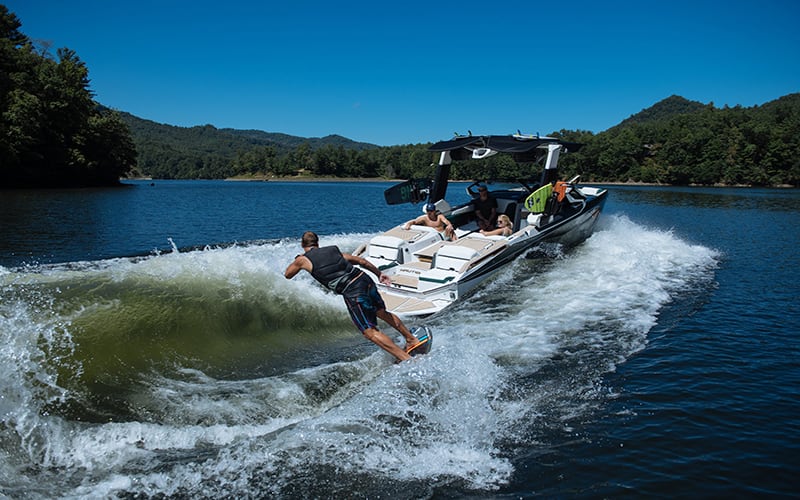
Wakesurfing boats are designed to create a large, clean wake for wakesurfers to ride. These boats typically have specific features and configurations that enhance the wakesurfing experience. Here are some key elements to consider in wakesurfing boats:
- Ballast System: Wakesurfing boats have ballast systems, compartments, or tanks that can be filled with water to increase the weight and sink the boat deeper. This additional weight creates a larger wake for the surfer to ride. Ballast systems can be built-in or aftermarket additions.
- Wake-Shaping Devices: Modern wakesurfing boats often come with wake shaping devices to enhance the shape and size of the wake. These devices, such as surf tabs, wedges, or plates, are typically adjustable and can be positioned on the boat’s hull to manipulate the wake to suit the rider’s preference.
- Tower and Tow Points: A sturdy tower is commonly found on wakesurfing boats. It serves as a point to attach the tow rope and additional accessories like board racks, speakers, and lights. The tower provides a higher and wider attachment point for the tow rope, allowing the rider more control and freedom while surfing.
- Surf System: Many wakesurfing boats have integrated surf systems that automate creating a suitable wake. These systems include automated ballast filling and emptying, adjustable wake-shaping devices, and customizable presets for riders or preferences. Popular surf systems include Malibu’s Surf Gate, MasterCraft’s Gen 2 Surf System, and Nautique’s NSS (Nautique Surf System).
- Propeller and Exhaust Systems: Wakesurfing boats often have features to ensure rider safety, such as propeller guards and exhaust outlets designed to direct exhaust fumes away from the surfer.
- Seating and Storage: Wakesurfing boats usually have ample seating and storage compartments for passengers, equipment, and accessories. This allows for a comfortable and organized boating experience.
It’s important to note that while wakesurfing boats have specific features tailored to the sport, not all boats are suitable for wakesurfing if you are considering purchasing or renting a boat for wakesurfing, research and select a boat specifically designed or modified for wakesurfing to ensure an optimal experience.
Wakesurfing 101
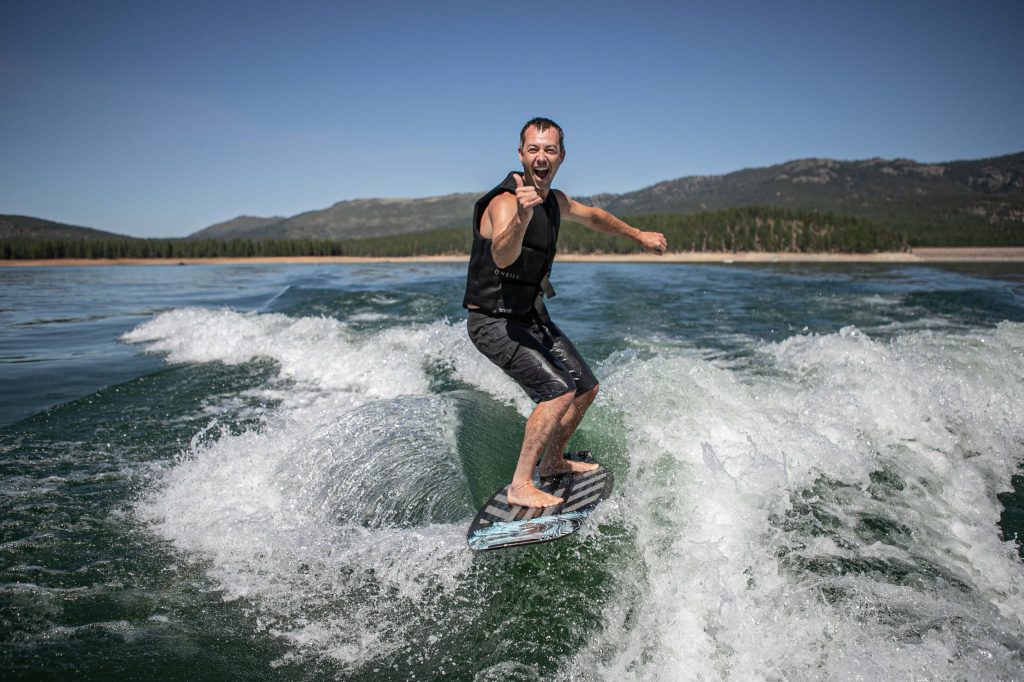
Here’s a basic overview of wakesurfing to get you started:
Equipment:
-
- Wakesurf Board: Choose a wake surfing-specific board that suits your skill level, weight, and riding style. Boards vary in size, shape, and construction materials.
- Personal Flotation Device (PFD): Always wear a properly fitting PFD for safety.
- Tow Rope: Use a rope designed explicitly for wakesurfing, typically shorter (around 20-25 feet) and with minimal stretch.
- Boat: You’ll need access to a boat with a wakesurfing setup, as discussed earlier.
Preparing for the Ride:
-
- Ensure the boat’s ballast system is filled appropriately to create a suitable wake for wakesurfing.
- Select the side of the boat (port or starboard) to wake surf on, depending on your stance preference (regular or goofy).
- Have a spotter onboard who can observe and communicate with the rider and the boat’s driver.
Getting in the Water:
-
- Start by sitting in the water with your board before you, ensuring the fins are not hitting the bottom.
- Put your feet into the foot straps or on top of the traction pad, depending on your board’s setup.
- Please communicate with the boat’s driver to let them know you’re ready to start.
Starting the Ride:
-
- The boat will gradually accelerate, creating a wake behind it.
- As the boat reaches a suitable speed (typically around 9-12 mph), signal the driver to release the tow rope.
- Keep your weight centered and let the boat’s wake push you forward.
- Focus on finding your balance and maintaining a comfortable stance on the board.
Riding and Maneuvering:
-
- Bend your knees slightly and keep a low center of gravity for stability.
- Use your body and feet to steer and control the board.
- Shift your weight from the front foot to the back foot to control your speed and maneuver on the wave.
- Experiment with different positions on the wave to find the sweet spot that provides the best ride.
- Once you’ve gained confidence, you can attempt tricks, spins, and other maneuvers.
Finishing the Ride:
-
- When you’re ready to end your ride, signal the boat’s driver to slow down.
- Gradually move toward the boat and grab the tow rope to be pulled back to the boat.
- Be mindful of the boat’s propeller and follow any specific instructions provided by the boat’s operator.
Remember, safety is paramount in wakesurfing. Always follow safety guidelines, be aware of your surroundings, and communicate effectively with the boat’s driver and spotter. As you gain experience, you can progress to more advanced techniques and maneuvers. It’s also helpful to take lessons from experienced wakesurfers or instructors to improve your skills and ensure a safe and enjoyable experience.
Conclusion
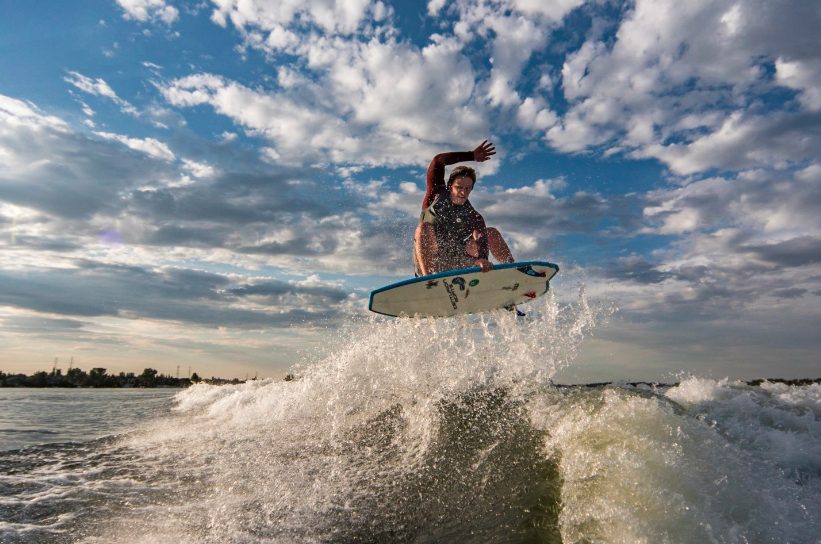
Wakesurfing combines the thrill of surfing with the versatility of boat-driven sports, providing an exhilarating and accessible experience for water enthusiasts of all levels. By mastering the fundamentals, selecting the right equipment, and adhering to safety guidelines, you can immerse yourself in the joy of riding the endless wave and carving your path on the water.
Whether you aspire to refine your tricks and maneuvers or enjoy the freedom of gliding effortlessly on the boat’s wake, wakesurfing offers an unparalleled blend of excitement, skill, and connection with the water. So grab your board, find that sweet spot on the wake, and let the adventure begin. Happy wakesurfing!

